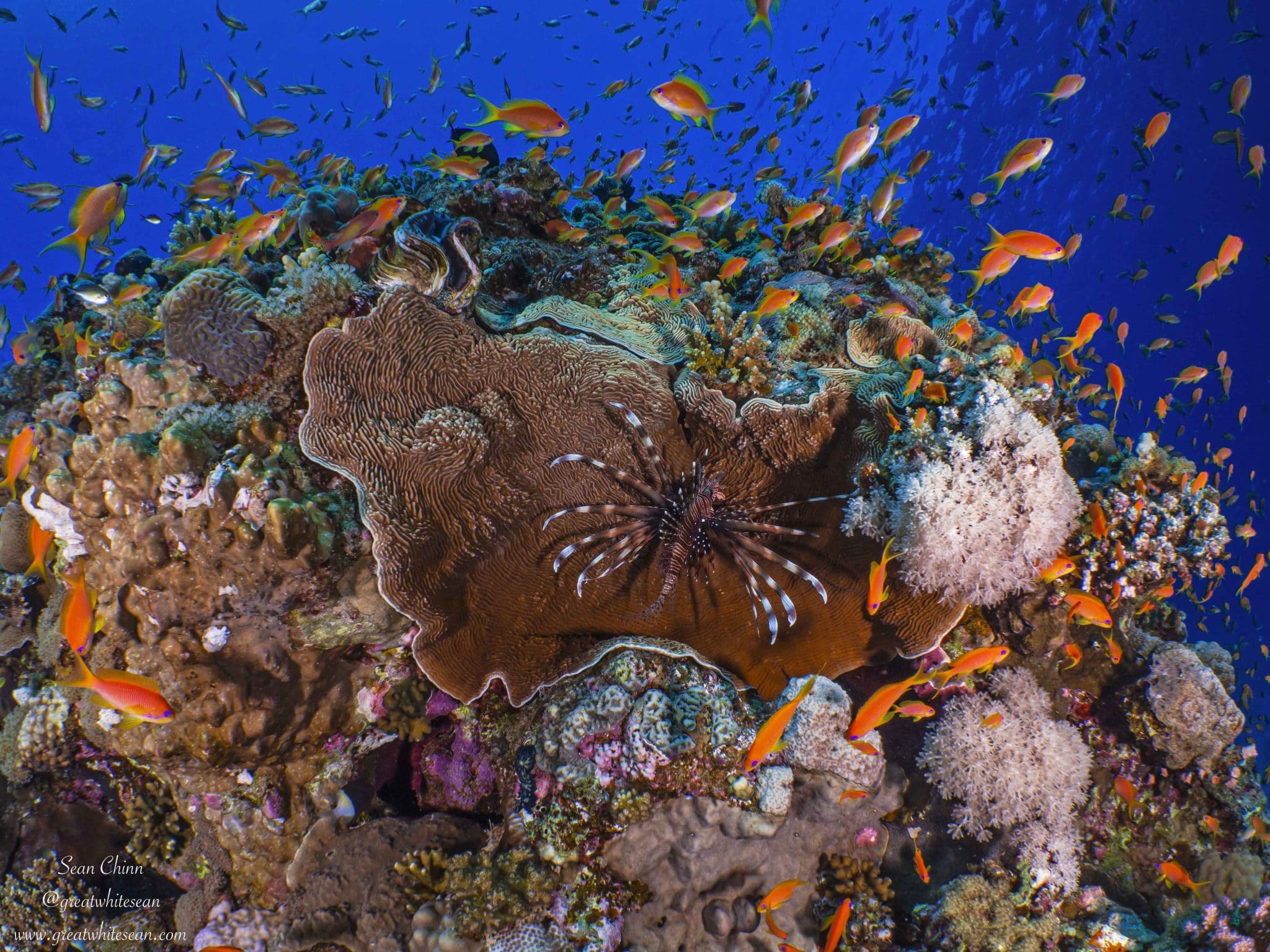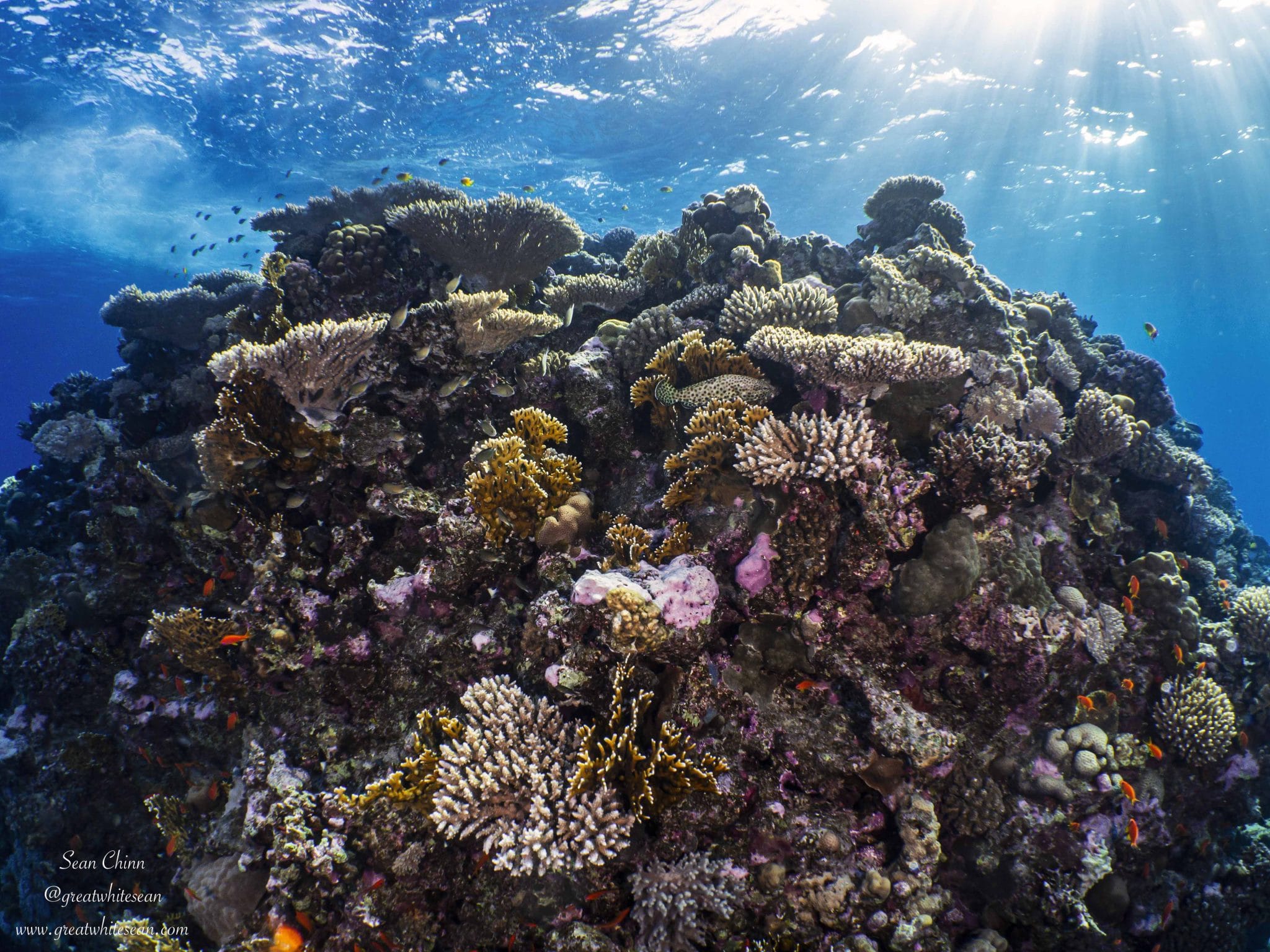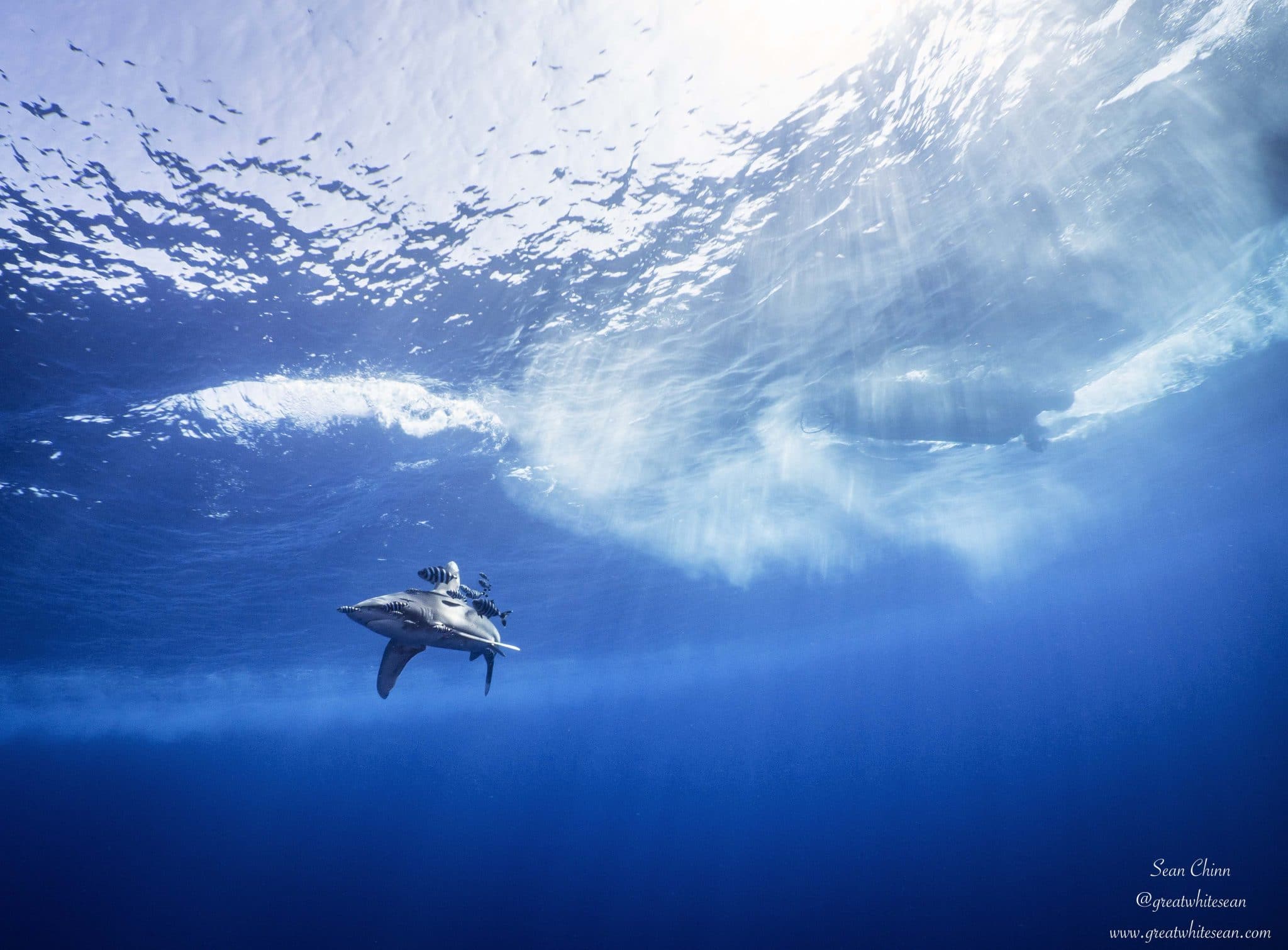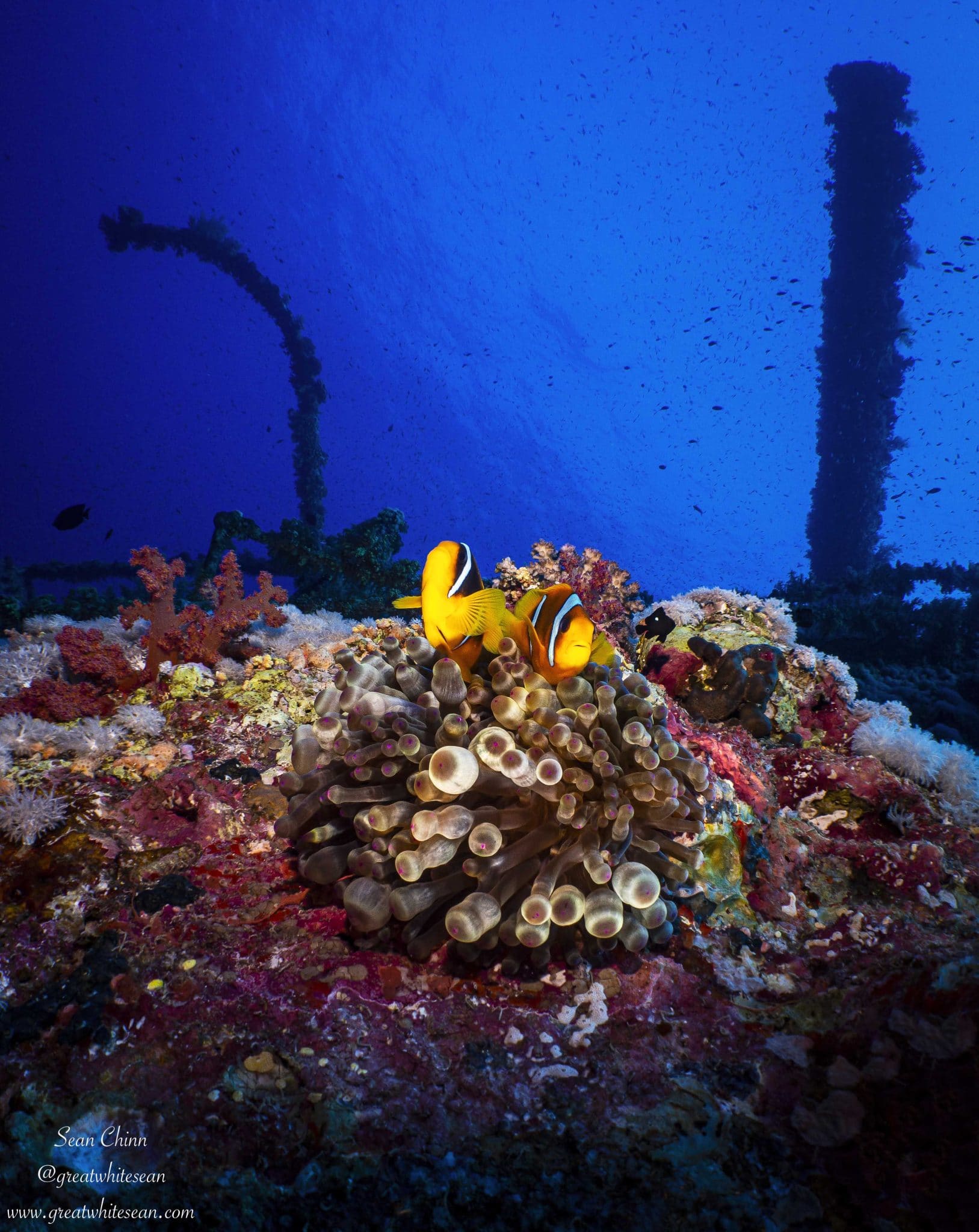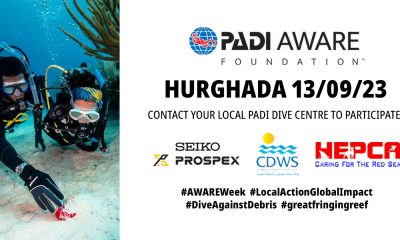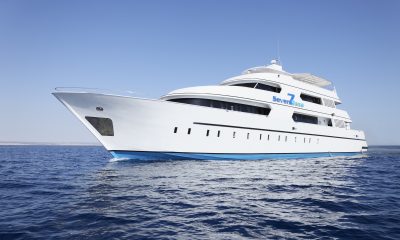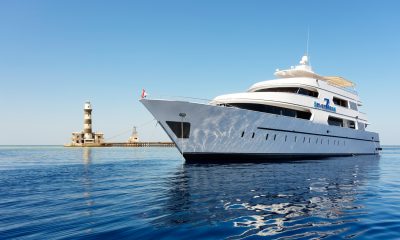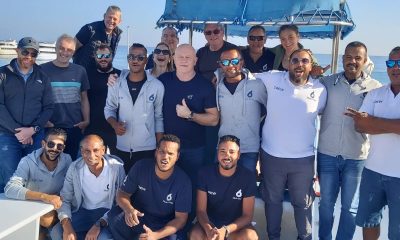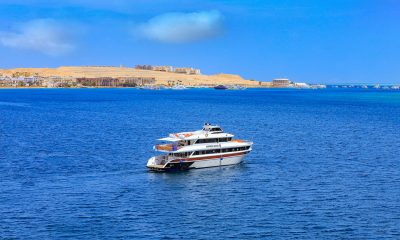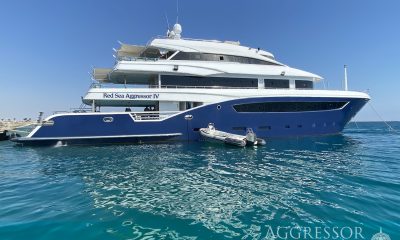Blogs
A Red Sea Scuba Scene (Part 1 of 2)
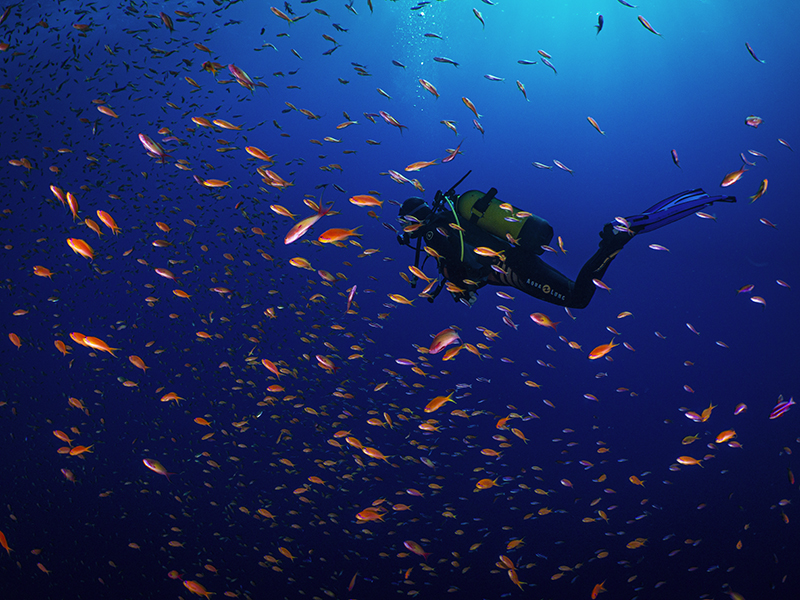
Hopefully by now you should have read my blog about life onboard Scuba Scene Liveaboard. If you haven’t then you can find it HERE. Now it’s time to find out about how my trip went underwater. I was lucky enough to join M/Y Scuba Scene for a ‘Shark Week’ special exploring the Southern Red Sea with a particular interest in finding sharks. While also enjoying informative presentations from biologist and Red Sea Sharks extraordinaire Elke Bojanowski. It’s been 7 years since my last trip to the Red Sea and on the same southern route as I completed this time around. I was so excited to finally get back and see how life in the Red Sea is doing after so many years.
The diving started with a full day at Gota Abu Ramada with the order of the day including two day dives and a night dive. I was buddied up with a fellow solo male traveller and we quickly worked out that we would take a relaxed approach to the diving week and take our time as a buddy pair without a guide. I was chomping at the bit to get in and see what I’d been missing all these years since my last Red Sea visit. After a quick weight check we were off exploring the beautiful clear waters. Wow!! I was back and in love. Visibility so clear it’s hard to believe you’re actually underwater and then there it was. A typical Red Sea pinnacle towering through the water; I made a beeline straight for it and the closer I got the more I remembered. This was the Red Sea, this is what has people flocking here in numbers to dive. Anthias dancing in unison around stunning coral formations saturated in colour while your typical venomous predators camouflage into the cracks as best they can. A scorpionfish caught my eye as it lay motionless amongst the coral.
It was so refreshing to be back amongst the stunning colours and finding all the beautiful marine life between the coral formations and sand. It wasn’t long before I found my favourite typical Red Sea critter relaxing on the sand. The beautiful bluespotted ribbontail ray is ever-present on the reefs around Egypt but I am always excited when I find one. The lionfish too, but again I’m always eager to photograph the beautiful colours they both provide amongst the reef. Two great dives were had reintroducing me to Red Sea life and a relaxed night dive full of life added to a great day. Two octopus and a cute little cuttlefish were the highlights making me wish I’d put my macro lens on for the dive. What a great start!
It was time!! Time for why we were there and why people choose a Southern Red Sea liveaboard. We headed south to the sea mounts that break up the open ocean, providing the perfect stop gap for large pelagics to make an appearance on their journey. Our first stop were the Brothers Islands, with ‘Little Brother’ being the starting point for the first two dives. There was a slight concern seeing the number of other liveaboard boats around but it’s understandable after a tough couple of years and suddenly people are able to travel easier, no doubt a rush to enjoy the underwater world again. It didn’t take away from the beauty of what the reef walls provide at Little Brother island. A sea of anthias to swim through against amazing soft coral formations and stunning vis made me a happy boy. I also spotted a grey reef shark cruising the reef below, while some guests onboard saw a distant thresher shark at the North Point cleaning station.
While all this action was great, it was the oceanic whitetip sharks I was on this trip to see. A shark that had eluded me so far but I knew in the winter it was a great time to see them on this itinerary. They were top of my bucket list for a shark to photograph that I hadn’t already, so I was itching to get my chance. Word started to spread between the first and second dive that one was patrolling between a couple of the liveaboards moored up a small distance from our position.
Our dive plan (my buddy and I) was to cruise the wall along the west point from the North to the boats moored at the South Plateau – in order to get under the boats and hope to find it. The anticipation surged through my body as I hit the first mooring line as we drifted into the blue under the boats. The minutes passed and I wondered if my air would last. Then boom!! A heart-stopping moment as I caught my first glimpse of this perfect pelagic shark. These are the moments I dive for as the adrenalin burst through my body and my excitement was uncontrollable, pointing and shouting excitedly to my buddy. It was a relaxed meeting with a couple of relatively close passes before our time was up. A great start to the big southern dive sites and a sign of things to come. We finished the day with one dive at Big Brother and the beautiful Numidia wreck full of life. A site that I loved the last time also.
Sean Chinn travelled as a guest of Scuba Scene Liveaboard and Oyster Diving. Scuba Scene is available to book exclusively through Oyster Diving. Please contact info@oysterdiving.com or call 0808 253 3370 to find out more or reserve your space!
Blogs
6 Best places to go diving in Saudi Arabia
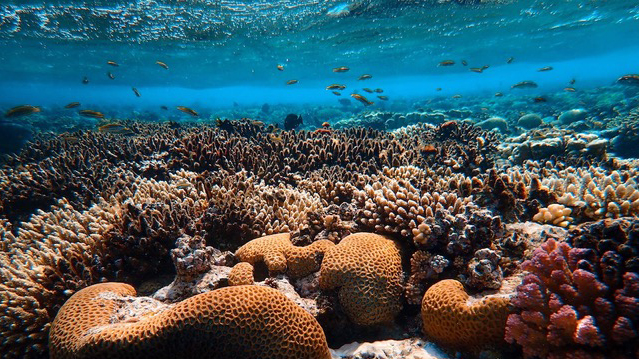
Saudi Arabia is a land of contrasts, rich in ancient history and dazzling cities with dramatic desert scenery throughout. It is one of the least-dived areas of the Red Sea and offers incredible diving among untouched reefs full of life. There are shallow reefs swathed in soft corals, deep walls and challenging wrecks to discover there. Boasting a wealth of reef and pelagic marine life, plus abundant sharks and mantas, Saudi Arabia needs to be on your diving wish list. Read on for our pick of the best places to go diving in Saudi Arabia before the rest of the world discovers this hidden gem.
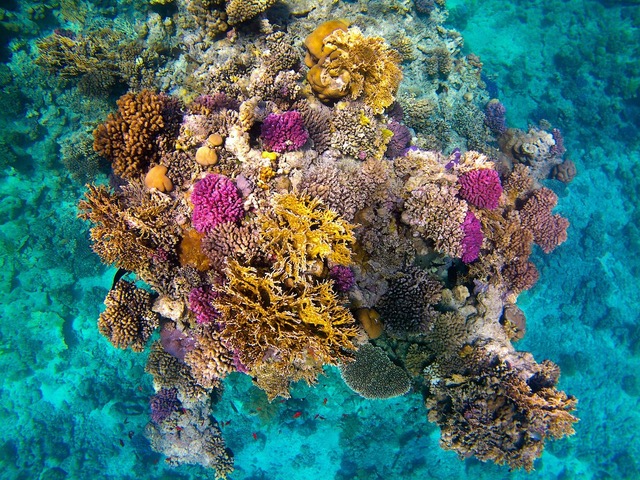
Diving in Makkah
The Mecca Province, also known as the Makkah Province, is home to Mecca and the main port city of Saudi Arabia, Jeddah. This historically-rich area offers spectacular Red Sea marine life and is home to some of the best diving in all of Saudi Arabia. This is where most of the cities that offer scuba diving in Saudi Arabia are found.
- Jeddah
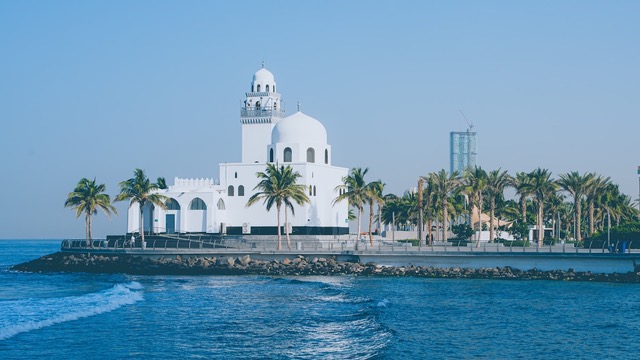
The coastal town of Jeddah is Saudi Arabia’s best-known dive destination and offers fantastic wreck diving for all experience levels. As well as hosting famous wrecks, Jeddah has thriving reefs busy with vibrant Red Sea marine life.
There you will find the Ann Ann wreck, the biggest wreck in Jeddah. She sunk in 1977 and is a staggering sight, covered in soft corals. This is a challenging dive, but with the right conditions, you can start at the stern at 32 meters deep and work your way up to 5 meters at the bow.
The Boiler wreck is another one of Jeddah’s top dives, offering deep reef and wreck diving from 45 meters deep up to 15 meters. As well as the wreck itself, there are caves, a tunnel, and a reef wall covered in black, pink and bright red corals. On any given day, you have the chance to see sharks, manta rays, and large pelagic fish at this remarkable dive site.
These are just two of the many highlights of diving in Jeddah. You can go diving from shore at Jeddah’s luxurious resorts or explore further afield by day-boat diving. With a range of dive centers to choose from, Jeddah is an excellent place to get a scuba certification and experience some of the best Red Sea diving there is.
- Farasan Banks, Al Lith
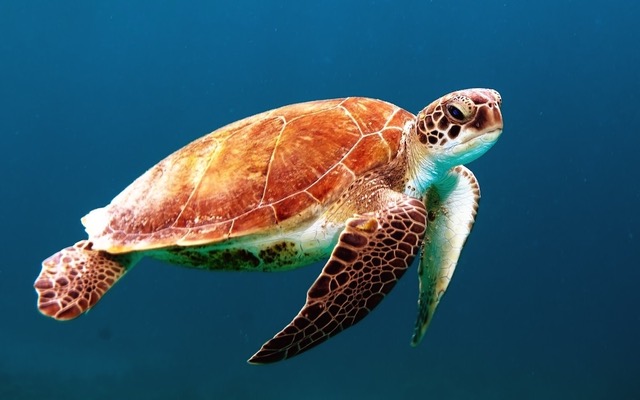
Al Lith, one of the largest seaports in Saudi Arabia, sits just south of Jeddah and is the gateway to one of Saudi Arabia’s best-loved dive spots; the Farasan Banks at Jabal Al-Lith Island.
Jabal Al-Lith Island is stunning; swathed in white-and beaches and surrounded by mangroves and thriving coral reefs full of marine life. This little island is fast-gaining the attention of tourists and is an unmissable dive spot.
At the Farasan Banks, you can enjoy diving in the light-filled shallows or explore the depths, which plummet down to 500 meters. It’s an excellent destination for novice divers and experienced technical divers alike.
The Banks are well-known for their diverse marine life and boast diverse corals, a mixture of Red Sea reef and pelagic fish, plus numerous sharks. White-tip reef sharks, grey reef, silky, and hammerhead sharks can all be found there.
- Five Sisters, Rabigh

Another great city for diving, Rabigh sits between Jeddah and Yanbu and offers excellent coral reef diving. It is most famous for hosting the Five Sisters Reef: a series of five coral atolls just offshore from Rabigh.
The Five Sisters Reef is Rabigh’s most popular dive area and offers outstanding diving. This area is completely untouched, and each atoll has different underwater landscapes, including steep walls, plateaus, columns, and anemone beds. The dive sites are teeming with a wealth of reef life and are covered in corals. Added to that, schools of pelagic fish, hammerheads and mantas are often seen in the blue.
Diving in Madinah
The Madinah Region hosts another of Saudi Arabia’s top dive areas, Yanbu. This ancient port city north of Jeddah dates back to around 500BC and was an important rest stop for traders navigating one of the world’s oldest trade routes, the Incense Route.
Today, Yanbu is a major port and fast-growing tourist destination, surrounded by azure waters, gorgeous beaches, and untouched reefs. With access to areas such as the Seven Sisters Reef, Yanbu truly deserves its nickname ‘the Pearl of the Red Sea’.
- Seven Sisters. Yanbu

Seven Sisters Reef is known for one thing – hammerhead sharks. This reef hosts these unmistakable sharks almost year-round and offers excellent reef diving as well. There are beautiful shallow coral landscapes to explore, plus plunging walls patrolled by schools of barracuda and snapper.
- Abu Galawa, Yanbu
Abu Galawa is part of the Seven Sisters Reef and is an underwater world covered in corals and visited by numerous sharks, including hammerheads. It is one of the most rewarding dives of the Seven Sisters Reef system.
Diving in Tabuk
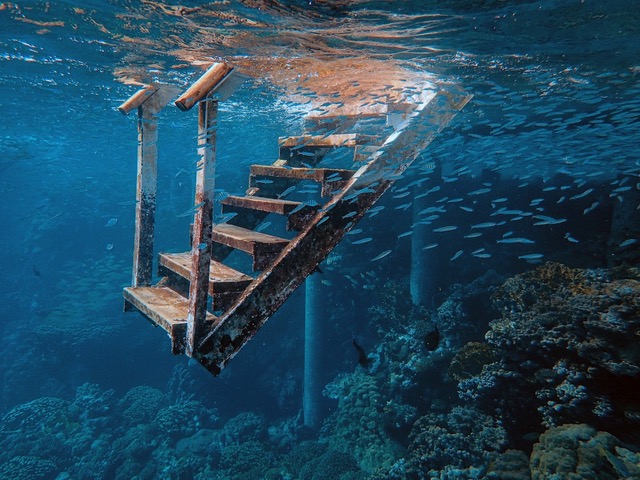
- Tabuk
Tabuk Province is less well-known for diving than other areas of Saudi Arabia, yet it boasts the longest stretch of Red Sea coastline in all of Saudi Arabia. It is home to the Red Sea Project and NEOM, two impressive coastal development projects that will put Tabuk firmly on the map of enviable places to go diving in the Red Sea.
Go diving in Tabuk before the rest of the world discovers this dive area. You will be rewarded with crystal-clear, warm waters and pristine coral reefs few people have ever dived. If you like exploratory diving, Tabuk could be the place for you.
—————————————————————————————————————————————————–
Kathryn Curzon, a conservationist and dive travel writer for SSI (Scuba Schools International), wrote this article.
Blogs
Scuba Diving and Marine Life: Hawksbill Turtle, Red Sea (Watch Video)
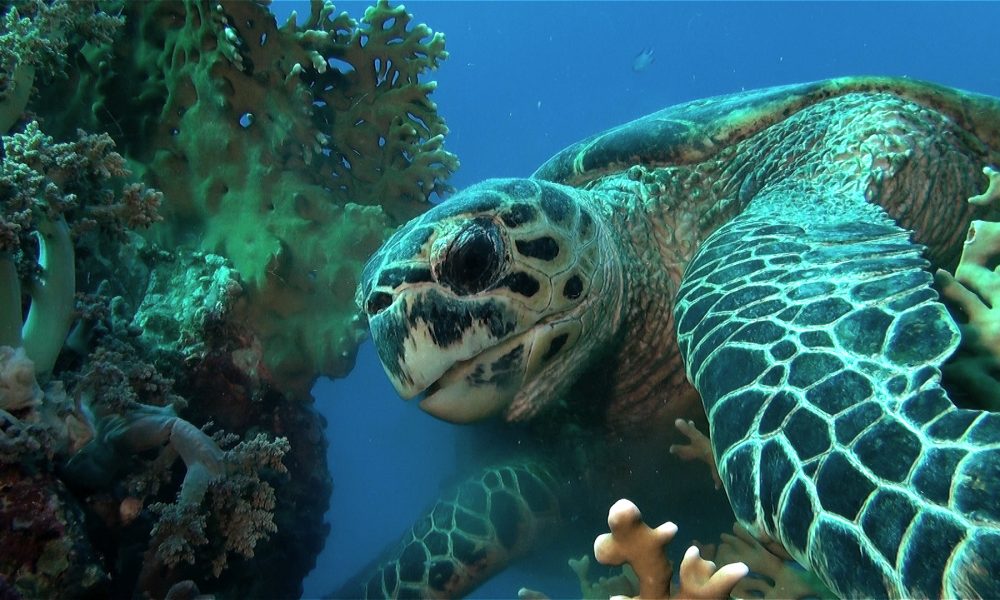
Scubaverse Underwater Videographer and Editor-at-Large Jeff Goodman takes us on a tour of some of his favourite marine life in this video series...


